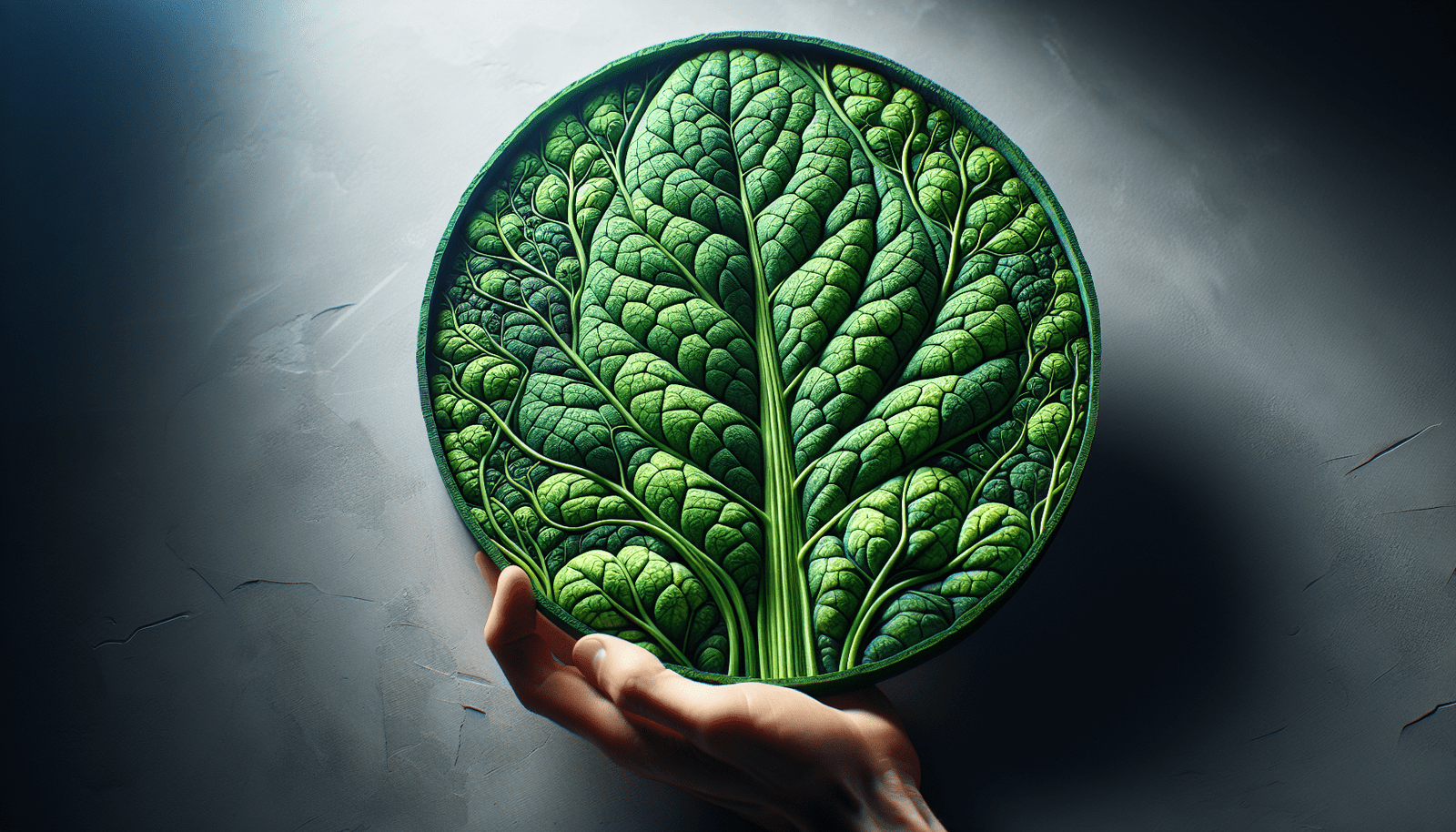Have you ever found yourself wondering if something as ordinary as what’s in your diet could be playing a role in a chronic condition? The connection between what you eat and how you feel can sometimes be slipperier than a wet bar of soap, particularly with conditions like vulvodynia. In the quest to understand this mysterious and often debilitating condition, oxalates have emerged as potential contributors—or culprits, depending on your viewpoint.

Understanding Vulvodynia
Vulvodynia is an intricate and often misunderstood condition characterized by chronic pain in the vulvar area. The pain can be consistent or intermittent, and is often described in varying ways, including burning, itching, or stinging. As someone living with vulvodynia, you might experience discomfort that impacts your quality of life, often stretching into areas like your emotional and sexual health.
Symptoms of Vulvodynia
Living with vulvodynia means navigating a unique set of symptoms. You may find that they present differently for every person, but common experiences include unexplained discomfort in the vulvar region, pain that disrupts daily activities, and a strong emotional toll stemming from chronic pain.
Common Causes
The causes of vulvodynia are as elusive as a shadow in a room full of mirrors. While the exact origins are not clearly defined, possible contributors include nerve injury, hormonal changes, and genetic predisposition. However, one area garnering more attention recently is dietary factors, specifically oxalates.
What Are Oxalates?
Let’s dive into the world of oxalates—a naturally occurring compound found in many plant foods. As you munch on certain vegetables, nuts, and grains, you’re likely consuming tiny amounts of oxalates. While generally harmless, oxalates can sometimes interact with minerals like calcium to form oxalate crystals, particularly in your kidneys, leading to kidney stones.
Foods High in Oxalates
For your convenience, here’s a table showing foods typically high in oxalates:
| Food | Oxalate Content |
|---|---|
| Spinach | High |
| Rhubarb | High |
| Beets | Moderate to high |
| Almonds | High |
| Sweet Potatoes | Moderate |
As much as these foods may pack quite the nutritional punch, their oxalate content has prompted scientific investigations into their role in conditions like vulvodynia.
The Link Between Oxalates and Vulvodynia
The idea that oxalates might be involved in vulvodynia originates from observations in conditions like kidney stones, where high oxalate intake can have tangible effects. Some suggest that oxalate crystals may contribute to vulvar pain through mechanisms similar to their role in other conditions.
Scientific Investigations
Research into the link between oxalates and vulvodynia is still at a nascent stage. However, the hypothesis revolves around the presence of oxalate crystals causing irritation or inflammation in the vulvar tissue. While scientific evidence directly connecting the two is yet to reach a consensus, anecdotal reports point to dietary modifications as a cornerstone for some.
Anecdotal Evidence
Many people with vulvodynia report relief from symptoms by reducing oxalate-rich foods in their diets. You might hear stories of individuals experiencing significant improvement in their discomfort levels simply by making conscious dietary shifts.
Managing Oxalate Intake
So, if you’re thinking about managing oxalate intake, it’s helpful to take a nuanced approach. Maintaining variety in your diet is key to ensuring you don’t miss out on essential nutrients while attempting to manage oxalate levels.
Practical Dietary Tips
- Moderation: Instead of cutting out high-oxalate foods entirely, try moderating your intake.
- Pair Foods Wisely: Consuming calcium-rich foods with high-oxalate foods can help reduce oxalate absorption.
- Stay Hydrated: Drinking plenty of fluids might help your body remove oxalates more efficiently.
Working with Health Professionals
Navigating dietary changes can feel overwhelming, particularly in the context of a chronic condition. You may benefit from engaging with dietitians or nutritionists who can tailor dietary plans to your unique needs and preferences.

Exploring Other Potential Influences on Vulvodynia
While the potential role of oxalates in vulvodynia cannot be discounted, it’s crucial to recognize the possibility of other influential factors that might exacerbate or alleviate your symptoms.
Hormonal Factors
Fluctuations or imbalances in hormones may also have an impact on your vulvodynia symptoms. Considering the interconnectedness of your body systems, understanding hormonal influences could provide additional avenues for relief.
Psychological Aspects
Chronic pain doesn’t exist in isolation—it weaves itself into the fabric of daily life, potentially affecting mental health. Stress management and psychological support can be valuable components of a comprehensive approach to managing vulvodynia.
Other Dietary Considerations
Beyond oxalates, exploring other dietary elements, such as inflammatory foods or potential allergens, may offer further insights and strategies for symptom management.
Moving Forward with Context and Care
As you consider the role of oxalates and other factors in vulvodynia, it’s vital to proceed with both curiosity and caution. Each person’s journey with vulvodynia is personal and specific.
Finding What Works for You
Discovering what dietary or lifestyle changes might work for you can resemble a series of small experiments. Keeping track of what changes bring relief, and which do not, is essential for navigating this journey.
Community and Support
Connect with others who are also navigating vulvodynia. Sharing experiences can foster a sense of community, broaden understanding, and provide emotional support.

Closing Thoughts
Understanding the role of oxalates in vulvodynia remains a complex and evolving puzzle. While research continues, your experience and intuition are as vital as scientific studies in identifying what truly works for you. The dialogue between our bodies and the foods they interact with is ongoing, deserving both attention and respect. As you traverse your path with vulvodynia, may your anthem be one of hopeful exploration balanced with informed care.

